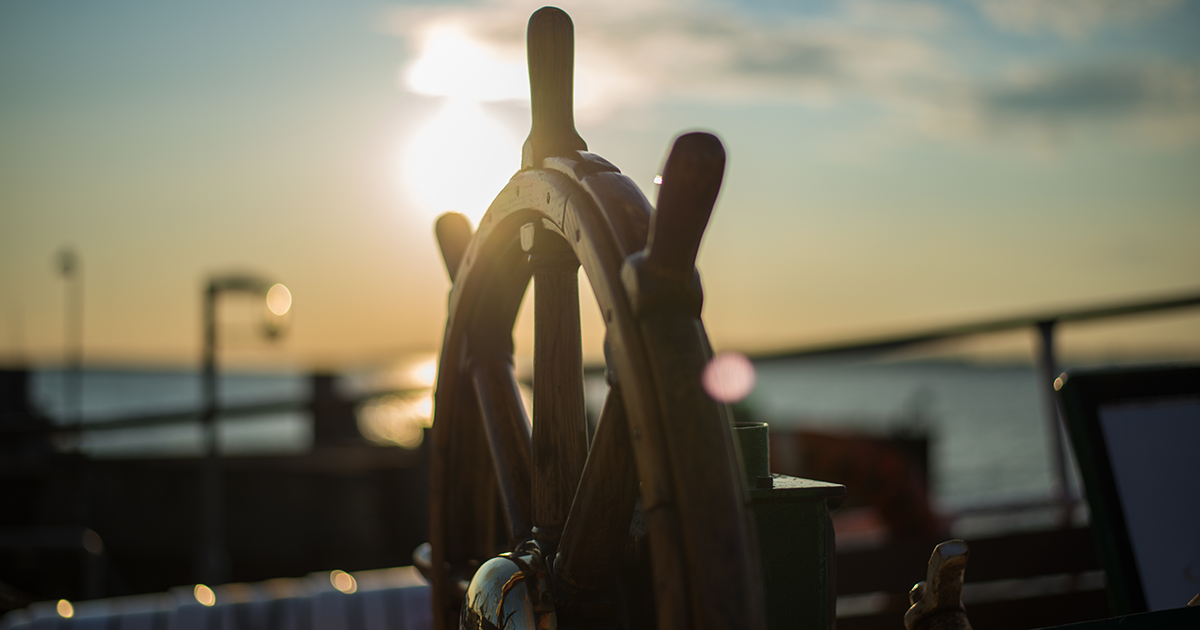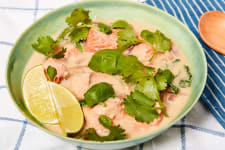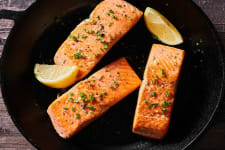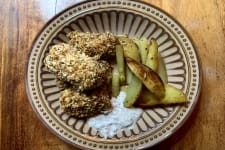The seafood industry is one of the most important facets of the state of Alaska’s economy, employing around 60,000 Alaskans and bringing in upwards of $2 billion annually. In fact, the Alaskan seafood industry is second in size only to its oil and gas industry, and generates more money every year than tourism and mining combined. And the crown jewel for the state’s seafood industry? Wild Alaskan salmon, which accounts for 60% of the industry’s jobs. Every year, the state’s economy hinges on the successes of the seafood industry. So it should come as no surprise that Alaska is serious about protecting its wild fisheries.
In fact, sustainability is even written into the state constitution. When Alaska became a state in 1959, and the state government took over the wild fisheries, a clause was inserted into the constitution which reads, “Fish, forests, wildlife, grasslands, and all other replenishable resources belong to the State shall be utilized, developed, and maintained on the sustained yield principle, subject to preferences among beneficial uses.” No other state in the U.S. has gone to these lengths and included similar language in its constitution.
But how does this work in practice? Alaskan salmon and other seafood need clean and safe habitats in order to survive before harvest, so the state has set up more than 40 Marine Protected Areas to help safeguard its wild seafood. These areas cover hundreds of thousands of square miles off the coast, protecting them from human activity and giving wild salmon and other species an opportunity to thrive in their natural habitats.
State and local departments also work with federal agencies to set quotas, close off fishing areas during certain seasons, and restrict types of fishing gear and boats, all in an effort to keep stock levels high.
By preventing overfishing and harmful fishing practices, maintaining healthy waters and living in concert with nature, Alaska has seen its seafood industry flourish year after year. And its practices have earned Alaska the reputation as the gold standard when it comes to sustainable, wild-caught seafood.
The easiest way to regularly incorporate sustainable seafood into your diet is to connect directly with a trusted supplier, such as the Wild Alaskan Company, a direct-to-consumer seafood membership service that takes the guesswork out of sourcing sustainable seafood.






